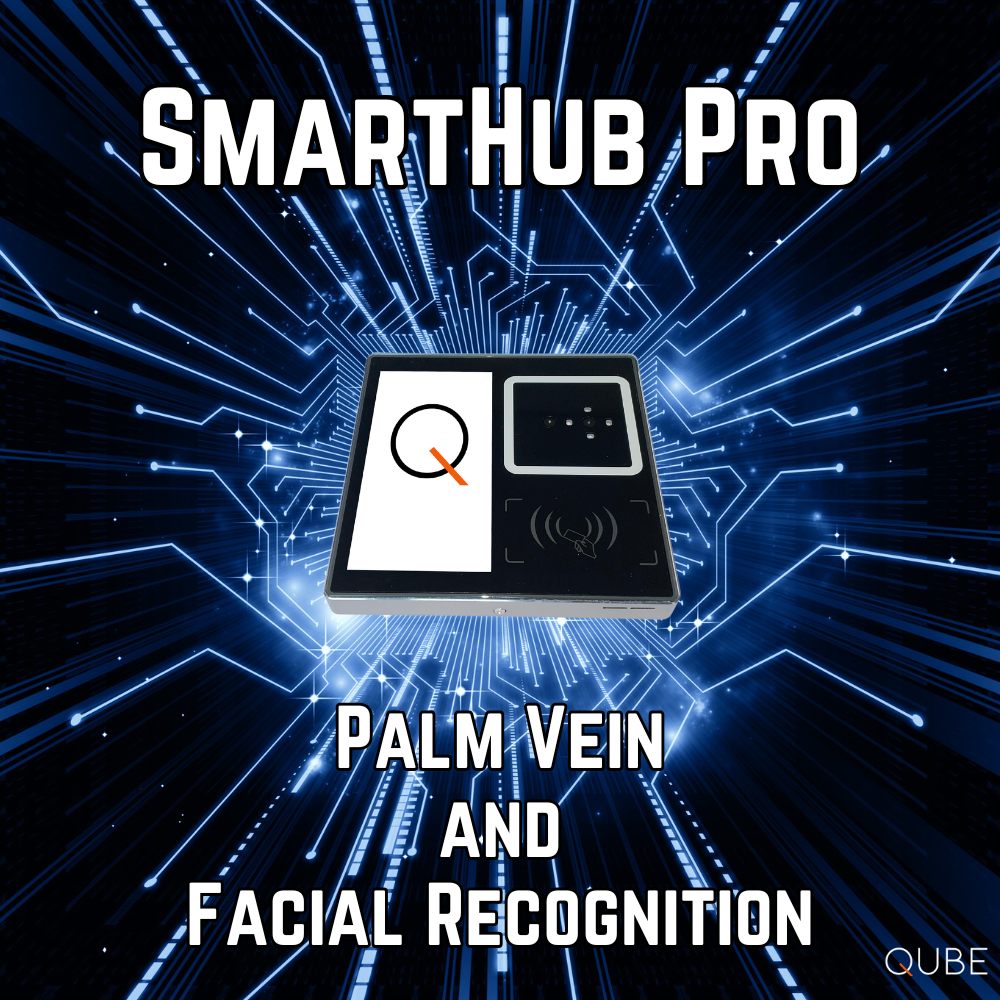Categories
As a seller of biometric devices, I’ve witnessed the growing popularity of contactless biometrics in 2019, driven by the need for hygienic, convenient, and secure authentication methods. Among the various options, facial recognition and palm vein scanning have emerged as the frontrunners, offering a winning combination of ease, accuracy, and privacy.
I’m eager to share why these technologies are leading the contactless biometrics revolution, how they stack up against each other, and how you can optimize their use. Let’s explore their benefits, address potential challenges, and look at what the future holds for these innovative solutions.

Contactless biometrics are authentication methods that identify individuals without requiring physical contact with a device. This touch-free approach has become a top priority for my customers, especially in settings where hygiene is critical, like hospitals, airports, or retail environments. Facial recognition and palm vein scanning are two of the most prominent technologies in this space, and I’ve seen how they’re reshaping the way we approach security and convenience.
Facial recognition uses cameras to analyze facial features—like the distance between your eyes or the shape of your jawline—without any touch. Palm vein scanning, on the other hand, employs near-infrared light to map the vein patterns in your palm, also contactless. Both methods are fast, secure, and ideal for a world where avoiding shared surfaces is a must.
From my experience selling biometric solutions, facial recognition and palm vein scanning consistently stand out as leaders in the contactless biometrics field. Here’s why I believe they’re ahead of the curve:
As a seller, I’m often asked how facial recognition and palm vein scanning compare within the realm of contactless biometrics. Both are excellent, but they cater to different priorities. Here’s a breakdown to help you choose the best fit for your needs:
Facial Recognition: Uses 3D mapping and infrared cameras for high accuracy, though it can be affected by lighting or facial changes like masks.
Palm Vein: Maps internal vein patterns, which are nearly impossible to spoof and unaffected by external conditions, offering top-tier security.
Facial Recognition: Can raise privacy concerns due to potential misuse in surveillance, though modern systems use encrypted templates to mitigate risks.
Palm Vein: Offers strong privacy since vein patterns are internal and can’t be captured without consent.
Facial Recognition: Extremely intuitive—just look at the camera. It’s ideal for public spaces, but users need to be within the camera’s field of view.
Palm Vein: Requires a hand wave, which is simple but may need a brief adjustment period. I’ve found it works well in controlled settings like offices.
Facial Recognition: More cost-effective and widely available, making it scalable for large deployments like airports or retail chains.
Palm Vein: More expensive due to infrared sensors, but ideal for high-security applications like healthcare or banking.
While contactless biometrics like facial recognition and palm vein scanning are leading the way, I always inform my customers about potential challenges to set realistic expectations:

The future of contactless biometrics is bright, and I’m thrilled to see how facial recognition and palm vein scanning are evolving. These technologies are already widely adopted in China and Japan, particularly in banking and public services. Globally, adoption is growing—the UAE and Singapore are conducting trials in airports and financial sectors, while Visa has partnered with Tencent to test contactless payments in Singapore In the US, Amazon One is expanding palm-based authentication in retail, enhancing both convenience and privacy.
I anticipate further advancements, such as AI integration to improve facial recognition accuracy in varied conditions, and more affordable palm vein scanners to broaden their reach. As privacy regulations tighten, palm vein scanning’s consent-driven design could make it a gold standard, while facial recognition continues to evolve with privacy-first features. For my customers, this means contactless biometrics will remain a cutting-edge, hygienic, and secure solution for the future.
As a seller, I’m committed to helping my customers find the best biometric solutions, and contactless biometrics like facial recognition and palm vein scanning are leading the charge for a reason. They combine hygiene, speed, and security, making them perfect for applications from airport security to hospital patient verification. By understanding their strengths, addressing challenges, and following best practices, you can ensure a seamless experience. Whether you’re aiming to enhance safety in your organization or offer convenience to your users, these technologies are a forward-thinking choice—let’s make authentication secure, touch-free, and efficient together!